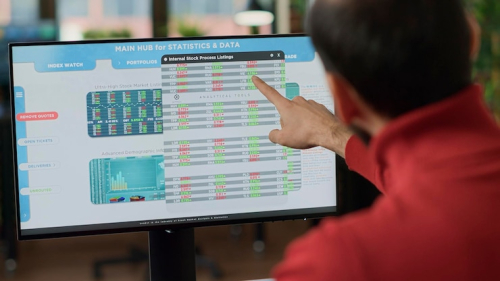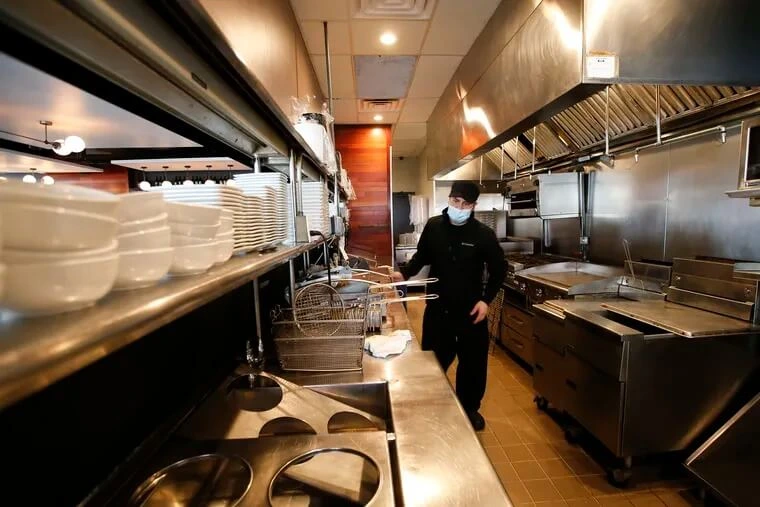Restaurant reservation software has emerged as a transformative force. No longer just a tool for booking tables, these advanced systems are reshaping how restaurants forecast demand, optimize staffing, and streamline operations. With the global online restaurant reservation market valued at $2.43 billion in 2025 and projected to reach $5.52 billion by 2033 at a 10.3% CAGR, it’s clear that this technology is driving a paradigm shift in the industry.
The Evolution of Restaurant Reservations
Gone are the days of paper ledgers and frantic phone calls to secure a dining spot. The modern table reservation system has evolved into a sophisticated digital platform that orchestrates the dining experience with precision. From high-end bistros in bustling cities to cozy neighborhood eateries, restaurants worldwide are adopting these tools to stay competitive. Historically, reservations were a luxury reserved for elite venues where tables were booked weeks in advance. Today, cloud-based systems make reservations accessible to all, offering diners convenience and restaurants unparalleled operational insights.
The proliferation of smartphones and global internet access has fueled this transformation. According to a report by Archivemarketresearch, the online reservation system market, valued at $15 billion in 2025, is expected to grow at a 12% CAGR through 2033. Diners can now book tables via mobile apps, social media, or integrated platforms like Google, while restaurants benefit from real-time data that syncs with point-of-sale (POS) systems and staff schedules.
The Technology Powering Precision
At the heart of modern reservation systems lies cutting-edge technology. These platforms go beyond simple booking functions, offering features like real-time table availability, automated confirmation texts, and waitlist management. More importantly, they leverage artificial intelligence (AI) and machine learning to analyze data and predict trends. For example, a restaurant might identify that Friday evenings attract larger parties, prompting managers to schedule additional staff. This predictive capability is a game-changer, turning raw data into actionable insights.
Integration with restaurant management software, a market valued at $23.88 billion in 2025 and projected to reach $46.22 billion by 2034 with a 7.61% CAGR, enhances this functionality. These systems create a seamless ecosystem where bookings, staffing, and inventory are coordinated in real time. A sudden surge in reservations might trigger an alert to bring in an extra cook, while a quiet evening could prompt managers to send staff home early, optimizing labor costs.
The rise of contactless dining, accelerated by the pandemic, has further elevated these platforms. Diners can book, modify, or cancel reservations without human interaction, while restaurants use real-time data to adapt to fluctuating demand. This agility is a stark contrast to the rigid, manual systems of the past, enabling restaurants to operate with unprecedented efficiency.
Real-World Impact: From Data to Dollars
The tangible benefits of reservation software are evident across the hospitality spectrum. A multi-location bistro chain in Chicago, for instance, used reservation data to optimize labor scheduling, improving efficiency during quieter periods. On high-demand weekends, predictive analytics ensured adequate staffing, maintaining service quality during peak hours. The restaurant reservations software market, valued at $1.2 billion in 2024 and expected to reach $2.5 billion by 2033 at a 9.5% CAGR, underscores the growing reliance on these tools.
Smaller establishments are also seeing significant gains. A Brooklyn eatery leveraged reservation trends to optimize its kitchen prep, noticing a weekend brunch surge in egg-based dishes. By pre-batching hollandaise sauce and stocking extra eggs, the restaurant reduced service times and minimized food waste. For franchises, centralized reservation systems provide a holistic view of demand across multiple locations. A regional burger chain, for example, used booking data to streamline inventory orders, reducing overstock and avoiding shortages.
Case Study: A San Francisco trattoria optimized staff schedules with reservation trends, improving operational efficiency and employee satisfaction.
Challenges in the Digital Transformation
Despite their promise, reservation systems are not without challenges. Data accuracy remains a hurdle, as no-shows and unpredictable factors like weather or local events can skew projections. The Metastatinsight report highlights that while these platforms reduce no-shows, they cannot eliminate them entirely. Restaurants must still contend with consumer unpredictability, which can disrupt even the best-laid plans.
Integration issues also pose problems. Many older POS systems are incompatible with modern reservation platforms, creating data silos that frustrate managers. Additionally, there’s a risk of overreliance on technology. A seasoned manager’s intuition knowing a local festival will draw crowds, for instance may not be fully captured by algorithms. For smaller restaurants, the shift to online-only bookings can feel impersonal, potentially alienating diners who prefer human interaction.
The Payoff: Efficiency and Guest Satisfaction
The advantages of reservation software far outweigh these challenges. Labor forecasting is a standout benefit, enabling restaurants to create schedules that minimize overtime and maintain staff morale. Inventory management also improves, with booking data informing precise ordering to reduce waste.
For diners, the experience is markedly better. Reservation systems enable personalized touches, such as remembering a guest’s preference for a window seat or dietary needs. Shorter wait times and faster table turnover enhance satisfaction without compromising the dining experience. This creates a virtuous cycle: streamlined operations lead to happier guests, who return and drive revenue.
The Future of Forecasting
As reservation software evolves, its predictive capabilities are set to deepen. Industry experts anticipate platforms will soon incorporate external data, such as weather forecasts or local event calendars, to refine demand projections. A beachfront café could be alerted to staff up for a sunny weekend, while a downtown restaurant might prepare for a concert-driven surge. The global online reservation market is already experimenting with these layered data sets, signaling a future where restaurants anticipate demand with near-clairvoyant accuracy.
For restaurateurs adopting these tools, key considerations include robust analytics, seamless POS integration, and mobile accessibility. Scalability is critical a system that suits a single location must adapt to a growing chain. Above all, the best platforms balance technology with human insight, ensuring data enhances rather than overrides managerial expertise.
A Smarter Way to Serve
In an industry where margins are razor-thin, restaurant reservation software is more than a booking tool it’s a strategic asset. By transforming data into actionable insights, these platforms empower restaurants to plan smarter, serve better, and thrive in a competitive landscape. As the market continues its rapid growth, fueled by technological innovation and changing consumer habits, reservation systems are poised to become the backbone of modern hospitality. The next time you tap to reserve a table, know that you’re not just securing a seat you’re powering a system that’s revolutionizing the way restaurants operate.
Disclaimer: The above helpful resources content contains personal opinions and experiences. The information provided is for general knowledge and does not constitute professional advice.
You may also be interested in: 7 Best Restaurant POS Systems 2024
Scattered systems and manual processes erode your restaurant’s margins daily. Milagro unifies POS, digital menus, online ordering, staffing, loyalty, and AI-powered marketing into one platform, slashing costs and enhancing guest loyalty. Reclaim control over operations and drive revenue growth. Streamline your workflow and elevate profitability. Schedule your Milagro demo today!
Powered by flareAI.






